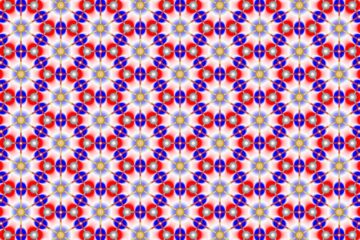Latest News

Conservation Targets Too Small to Stop Extinction
That’s according to a new study by University of Adelaide and Macquarie University scientists which has shown that populations of endangered species are…

Researchers Identify Workings of L-Form Bacteria
L-form bacteria, which were first discovered in the 1930s, are morphological variants of classical bacteria that lack a cell wall. Under specialized growth…

Genetics of Patterning the Cerebral Cortex: How Stem Cells Yield Functional Regions in “Gray Matter”
In the Oct. 11 advance online edition of Nature Neuroscience, scientists at the Salk Institute for Biological Studies report that they have identified the…

Loss of Tumor Supressor Gene Essential in Transforming Benign Nerve Tumors into Cancers
The work, a collaboration between the Institute for Molecular Medicine, the Department of Molecular and Medical Pharmacology and the cancer center’s Sarcoma…

Sniffing Out Chemical, Biological Threats
The research effort, led by Dr. Hai Xiao of Missouri University of Science and Technology, involves the development of tiny sensors – each about the size of a…

New nanotech sensor developed with medical, chemistry applications
The new device is at least 10 times more sensitive than existing technology, researchers say, can be tuned to sense different types of materials and is easy to…











